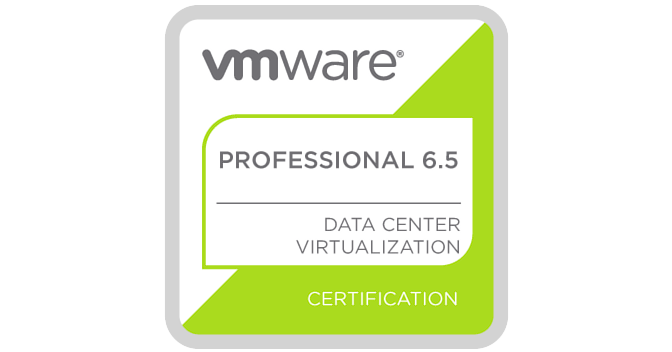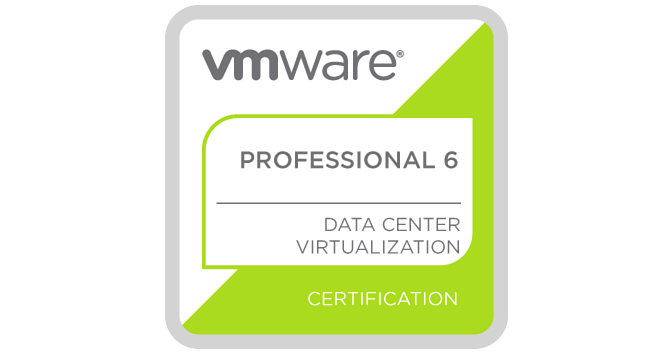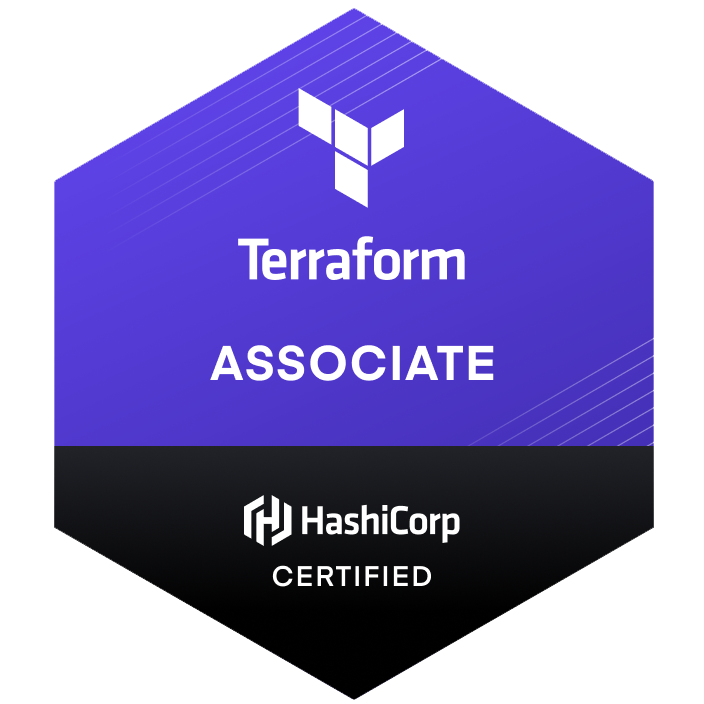When it comes to cloud computing and databases, scalability is a major advantage. Microsoft Azure offers this scalability feature with its SQL service, enabling users to switch between different service tiers or editions to meet performance needs. However, there are occasions when this scaling operation takes an unexpectedly long time, or even times out. Let's delve into the reasons behind this and what you can do to mitigate these issues.
Understanding Azure SQL Scaling
Azure SQL Database is a cloud-based, relational database service that supports various tiers and editions. One common operation performed by users is switching between these tiers or editions, like moving from General Purpose to Business-Critical edition. This change is not as straightforward as clicking a button – it involves multiple intricate processes.
The Creation of a New SQL Server Process
When you initiate a change from General Purpose to Business-Critical edition, Azure doesn't simply tweak a few settings in the background. Instead, it goes through a more complicated process:
- A new copy of the SQL server process has to be created.
- Along with the primary, three secondary replicas are generated.
This is a rigorous task and involves ensuring data integrity and system performance during the transition.
Setting Up a New Service Fabric Application
The first significant step in this process is setting up a new Service Fabric application that will host the SQL server process. Service Fabric is a distributed systems platform used to build scalable and reliable applications. By relying on Service Fabric, Azure ensures that the SQL server process has high availability and scalability.
However, the reliance on Service Fabric also introduces certain complexities. For instance, if the underlying machine designated to host the Service Fabric application consistently crashes, the entire operation can get stuck.
Challenges Faced During the Edition Change Workflow
The entire edition change workflow is interdependent. It can't progress to the next phase unless the Service Fabric application creation is successful. But what happens if there's a hitch in the system, like the underlying machine crashing repeatedly?
The result is a deadlock in the operation, causing significant delays. This problem can be exacerbated if the system doesn't have a mechanism to detect repeated failures, such as repeated quorum loss, and take corrective actions.
Intermittent Solutions and Future Roadmap
Azure is aware of these intermittent issues and is working diligently to find a permanent fix. The goal is to make the edition change workflow robust by:
- Detecting repeated quorum loss during update operations.
- Initiating an internal restart in case of consistent failures.
- Opting for a different host machine for the Service Fabric application, thus ensuring that the same problematic machine is not chosen repeatedly.
Until these enhancements are in place, users may occasionally encounter prolonged scaling operations or timeouts.
What Can You Do?
If you come across such an issue during your edition change:
- Reach Out to Support**: Azure support is equipped to handle such problems. They can guide you through potential solutions or even assist in rectifying the issue on their end.
- Cancel and Reissue the Operation**: As a workaround, you can try canceling the existing operation and initiating a new one. Given the vast infrastructure of Azure, it's highly unlikely that the same problematic machine would be chosen again. Hence, a re-issued edition update operation should ideally be processed quickly.
Conclusion
Scaling operations in Azure SQL, while typically smooth, can sometimes be a bumpy ride due to the intricacies involved. It's essential to understand the underlying processes and potential challenges to navigate any hiccups effectively. Rest assured, Azure is constantly evolving, and efforts are being made to streamline these operations further. Until then, leveraging support and knowing workarounds can be invaluable.
Documentation link : https://learn.microsoft.com/en-us/azure/azure-sql/managed-instance/management-operations-overview?view=azuresql
















